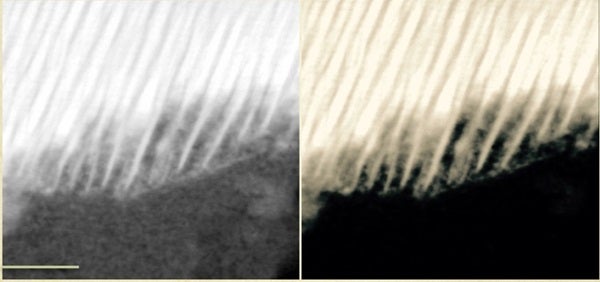Martian Batteries
The team found that the compounds were likely created by the electrochemical corrosion of martian minerals by salty liquid brine. This process works like a natural, corrosion-powered “battery,” providing energy for the reactions that create the compounds, Steele said in a press release.
This work stems from research in 2012, where Steele and his team confirmed that the organic carbon in these meteorites really did come from Mars and not any Earthly contamination. They also found that the carbon didn’t come from a biological source. This new work aimed to figure out where the carbon came from, if it wasn’t created by life.
“Revealing the processes by which organic carbon compounds form on Mars has been a matter of tremendous interest for understanding its potential for habitability,” Steele said.
“The reactions that are taking place are probably very similar to what happened on early Earth,” he adds. In fact, anywhere igneous rock is surrounded by salty brines, like in Europa’s and Enceladus’ subsurface oceans, this process could occur.
The Search for Life
“Mars could be showing us a key clue as to how life started on this planet,” Steele said, adding that in the search for life, even a negative answer could inform our understanding of how life forms.
“I would like people to understand that our exploration of space is just that, a search for where we come from as much as it’s a search for are we alone,” Steele said.
This paper was published Oct. 31 in the journal Science Advances. The paper was dedicated to the memory of Erik Hauri, a Carnegie scientist and study co-author who died in September.











